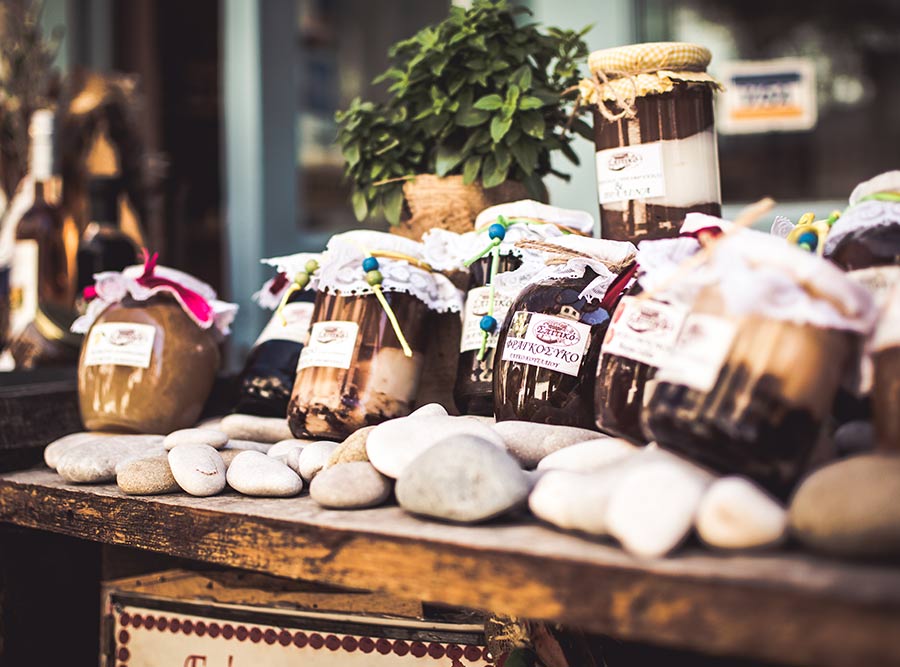Health, Historical
You are what you eat … or are you?
You Are What You Aat … Or Are You?
No. You are what you absorb and assimilate!
Great health depends on strong digestion and strong digestion depends on good gut flora. Traditional societies knew this. From sauerkraut to kefir and umeboshi to kimchi, peoples around the world have cultured common foodstuffs for millennia. They did this, partly to preserve fresh foods for winter, but also to profit from the health-giving properties of fermented foods.
No vegetable, soya bean, cabbage or drop of milk was safe from The Fermenter. And now these foods are ultra-trendy in the urban west. Why? Cultured foods are loaded with probiotics, aka good bacteria. Eaten daily over time, probiotic-rich foods boost digestion and immunity, which positively impacts health. Even the most beautiful natural foods cannot nourish you if your gut is under par. A robust digestive system, however, extracts the last drop of goodness from food, like a super-efficient juicer. It also expels wastes more easily, leading to better overall health and glowing skin.
Far away, so close…
In recent years, superfoods from far-flung climes have hit the market. Some are good. Others are hangers-on. Most are ching-ching. Macrobiotic teachers emphasise the importance of eating fresh foods from your locality, as these are perfect for the climate in which you live. So, why not marry vibrant health and penny pinching by getting your goodies from common foodstuffs?
The secret is: fermenting turns old favourites into superfoods! When you eat whole cultured foods, you not only get good bacteria; you also get the nutritious base in which they are still growing as they slide down the hatch. And they live on inside you, populating your gut and helping to oust the bad bacteria plotting your demise. So, say 'Ciao' to pricey superfoods and 'Howaya' to the locals (plus a couple of Japanese and Korean exchange students thrown in for good measure).
Fresh ingredients from your garden + fermenting techniques from around the globe = a daily supply of living superfoods for next to nothing.
Common Culture
Lacto-fermentation
During fermentation, Lactobacilli (classed as good bacteria, or probiotics) convert the starches and sugars in fruit and veg into lactic acid, a natural preservative that inhibits putrefying bacteria (i.e. the rotters). Lactobacilli are especially numerous on the leaves and roots of plants growing in or close to the ground. Our great-grandmothers simply harnessed and directed their power by chucking veg or fruit into a crock, adding salt and water, and letting the Lactobacilli do their thang.
Traditional Japanese Miso
Miso is also a fermented food, produced by culturing rice, barley and/or soya beans with salt and the fungus Aspergillus oryzae. The whole process takes 6-12 months, or longer. Some experts believe miso contains Lactobacillus acidophilus. Other researchers have noted that Aspergillus oryzae can break down soy isoflavones, including cancer-fighting genistein, during the fermentation process, rendering it bio-available before it even hits the gut. Miso is known to protect us from heavy metals and radiation due to the presence of dipicolonic acid, an alkaloid that chelates heavy metals and discharges them from the body.
Other Japanese ferments include tempeh, natto and umeboshi plums. And sake, of course. Kanpai!
Do It Yourself
For general advice on culturing, see 'Lacto-Fermentation' by Sally Fallon Morell and Mary G. Enig. The Internet has many recipes for fermented foods and drinks, from classic sauerkraut to young coconut kefir and vegan kimchi to fermented almond hummus.
Buy It Yourself
Alternatively, you can buy high-quality fermented foods from your local The Hopsack. Two products stand out for me: Ruby Red Raw Sauerkraut by the Cultured Food Co. and Clearspring Organic Barley Miso (unpasteurised). Sauerkraut can taste sharp. Cultured Food Co.'s does not. It's alive and kicking with natural beneficial bacteria and is infused with cumin seed for an Indian-y taste. Clearspring's miso comes in several 'flavours', from barley to brown rice to soy. The barley one is fresh, unpasteurised and delicious.




